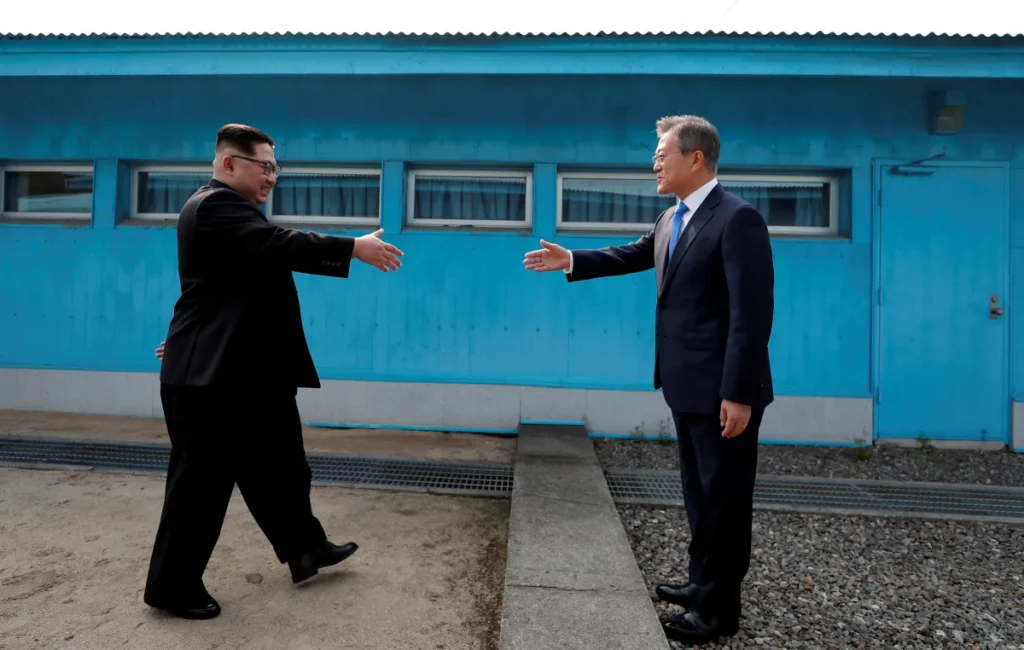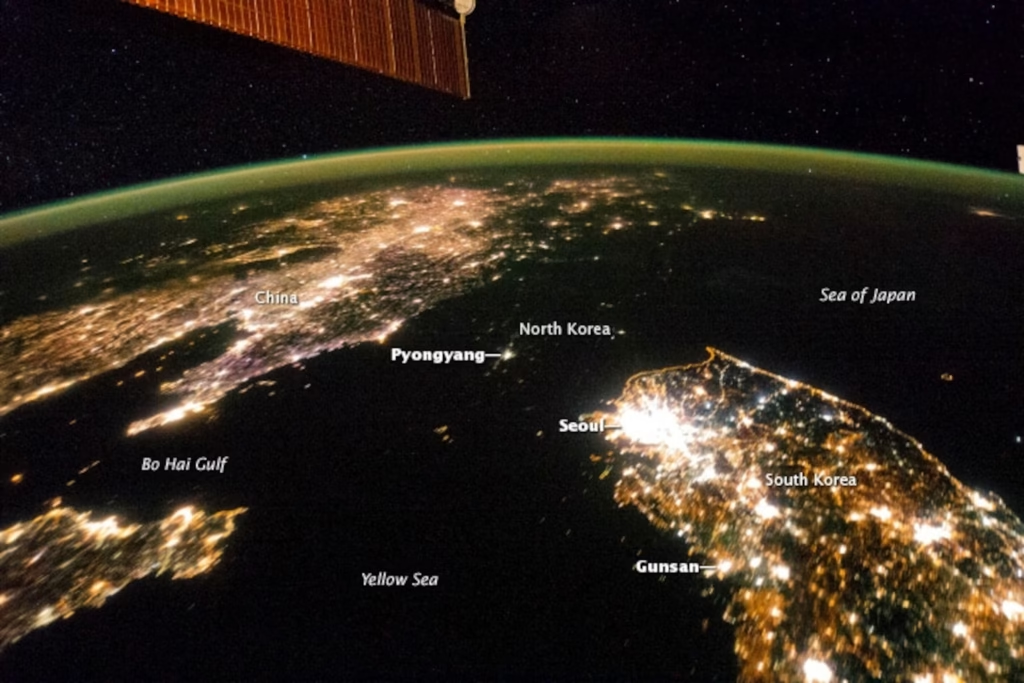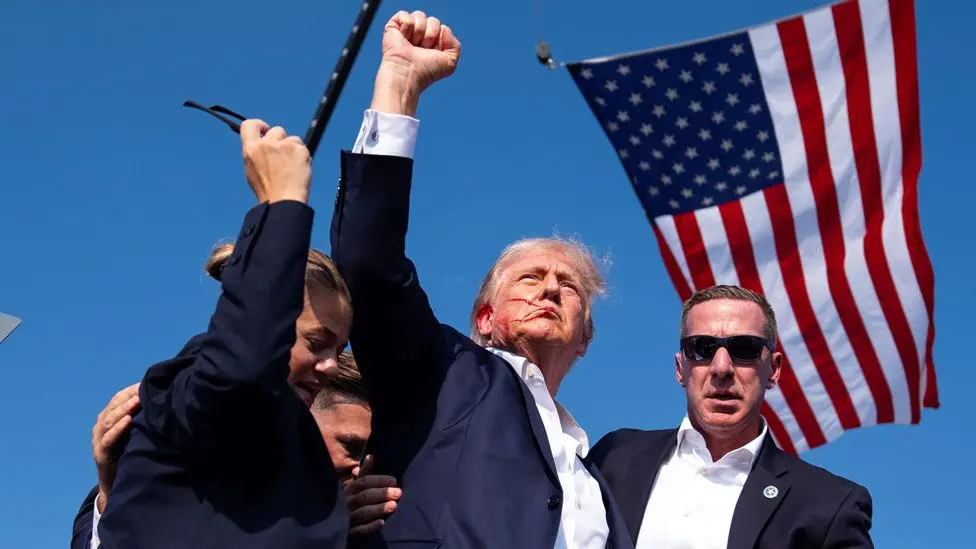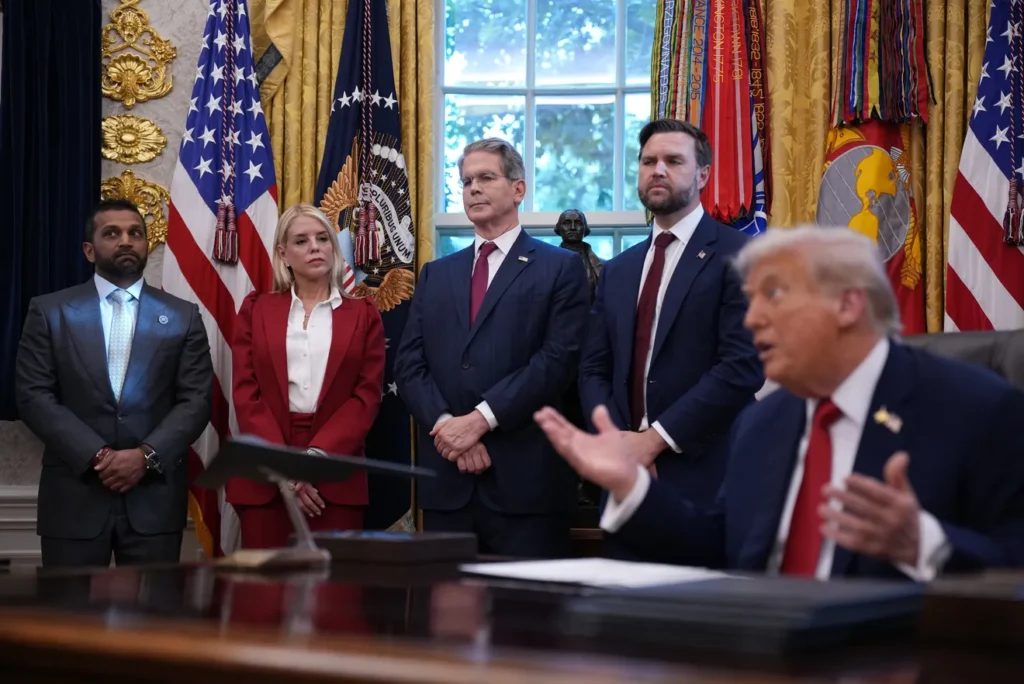Our nation feels like it is at a crossroads. Many feel a deep sense of instability. Political divisions run deep. Our core institutions are under stress. This moment can feel confusing and chaotic.
But there is a clear way to understand it. A single framework that explains why some nations thrive while others collapse. It comes from a landmark 2012 book that has become more urgent with each passing year. This is the book that all Americans should be reading now.
The book is Why Nations Fail. Its authors, Daron Acemoglu and James A. Robinson, recently received the highest honor in their field. Along with their colleague Simon Johnson, they were awarded the 2024 Nobel Prize in Economic Sciences.
Their work provides a lens to diagnose the threats facing our country. It explains that a nation’s success depends on its political and economic systems. Specifically, it hinges on whether a country has inclusive or extractive institutions.
Contents
Understanding Inclusive and Extractive Institutions
Why are some countries rich and others poor? This is the simple but profound question at the heart of Why Nations Fail. The authors dismiss common explanations.
It is not mainly about geography, climate, or culture. Instead, the answer lies in a nation’s man-made institutions. These are the rules that govern our society. Acemoglu and Robinson show that these rules fall into two broad categories: inclusive or extractive.
Inclusive institutions distribute power broadly. They create a level playing field for much of society. These systems are characterized by a strong rule of law that applies equally to everyone. They protect private property rights, encouraging people to invest and innovate.
Governments are accountable to citizens through checks and balances. This framework creates incentives for broad participation. It fuels the kind of sustainable economic growth that creates shared prosperity.
Extractive institutions do the opposite. They are designed to concentrate power and wealth. A small, powerful elite controls the system for its own benefit. They extract resources from the many to enrich the few. In these nations, the rule of law is weak or selectively applied.
Corruption is often rampant. There is little accountability. These systems stifle innovation and choke off long-term growth. They lead to stagnation and, ultimately, failure. This is the critical difference between inclusive and extractive institutions.
The book opens with a powerful, real-world example. Consider the two towns named Nogales. One is in Arizona, USA. The other is in Sonora, Mexico. A simple wire fence separates them. They share the same geography, climate, and cultural background. Yet, they are worlds apart.
Residents in Nogales, Arizona, have higher incomes. They have better schools and longer life expectancies. The reason for this vast difference is not the people or the land. It is the invisible line of the border. That line represents two different sets of institutions.
One side developed inclusive institutions. The other was shaped by extractive ones.

The daily news can feel like a chaotic flood of information. This simple binary helps organize that chaos. It allows citizens to see the underlying patterns connecting seemingly random events.
Characteristic
Inclusive Institutions
Extractive Institutions
Political Power
Broadly distributed; checks and balances.
Concentrated in a narrow elite.
Rule of Law
Applies equally to all citizens.
Serves the interests of the powerful.
Property Rights
Secure for the majority of the population.
Insecure or non-existent for most.
Economic Incentives
Encourages broad participation, innovation.
Stifles innovation; extracts wealth.
Primary Goal
Create shared prosperity and opportunity.
Enrich the ruling elite.
Long-Term Outcome
Sustainable economic growth and stability.
Economic stagnation and potential collapse.
Also Read: Readers Say These Are 10 Mind-Blowing Books That’ll Make You Question Every Belief You’ve Ever Held
A Tale of Two Koreas

Perhaps no example shows the power of institutions more clearly than Korea. Before its division after World War II, it was a remarkably homogeneous nation. The people shared a common language, culture, and history. Yet today, North and South Korea exist in radically different realities.
North Korea chose a path of highly extractive institutions. It adopted a centrally planned communist system. The state abolished private property and suppressed markets. All power and wealth were concentrated in the hands of a tiny ruling elite. It destroyed incentives for innovation and hard work.
While the country saw some initial growth fueled by foreign aid, it was not sustainable. The result has been economic collapse, chronic famine, and profound isolation. Satellite images at night tell the story. South Korea is a sea of light, while the North is almost completely dark.

South Korea, in contrast, eventually embraced inclusive institutions. After years of instability, it began building a different system. The government started to protect property rights. It fostered competitive markets and invested heavily in education. Companies like Samsung and LG grew into global giants.
The political system also moved toward democracy. This increased accountability and strengthened its inclusive foundations. The result was the “Miracle on the Han River.” South Korea transformed from one of the world’s poorest countries into a major economic power.
The chasm between the two Koreas is not a matter of fate, but a result of their institutional choices. One path led to prosperity. The other led to poverty.
This story also debunks a common myth. Many assume that success depends on a country’s starting resources. However, at the time of division in 1945, North Korea actually had a stronger industrial base. This fact makes the argument even more powerful.
Even with a head start, extractive institutions lead to failure. Inclusive institutions can create prosperity even from a weaker starting point.
Also Read: 14 Countries Where Americans Stretch $1,500 a Month Into a Millionaire Lifestyle
Why This is The Book That All Americans Should Be Reading Now

One may think that these lessons do not apply to the United States. We have a long history of democracy and prosperity, after all. But the central warning of Why Nations Fail is that no nation’s success is guaranteed.
Prosperity is not a destination. It is a process that depends on constantly defending inclusive institutions. Today, those institutions are under an intense stress test.
The authors themselves have sounded the alarm. Daron Acemoglu has expressed deep concern that soaring economic inequality is “undermining the inclusiveness of America’s institutions”.
In a recent article, he conducted a thought experiment. He imagined a future historian explaining a hypothetical US collapse. The causes? The “weakening of democratic institutions along with economic inequality”. The pillars of American prosperity were crumbling.
Both authors have applied their framework directly to the Trump administration. James Robinson has called its approach a “textbook example of extractive institutions”. He warns that its policies will have “devastating consequences” for the US economy.

He points to specific patterns. The administration builds a power structure based on personal loyalty over competence. This mirrors systems in Russia or China. It creates an ideology around an “in-group” and antagonizes outsiders. It attacks the judiciary and the press, key pillars of an inclusive society.
The constant barrage of confusing statements and policies serves a purpose. It is part of a broader, systematic effort to weaken inclusive institutions. It aims to concentrate power in the hands of a few. The theory of inclusive and extractive institutions provides the solution to decoding these actions.
The rise of a leader like Trump is not the root cause of the problem. Instead, he is a symptom of a much deeper issue. For decades, our system has struggled to deliver shared prosperity. Growing inequality has eroded trust in our core institutions. Many people feel the system is no longer working for them. This creates fertile ground for populist leaders who promise to burn it all down.
The book’s message is beyond a simple partisan critique. It becomes a systemic diagnosis of a problem that affects all Americans. The challenge is bigger than any single politician. It is about the health of our republic itself. This is what makes Why Nations Fail the book that all Americans should be reading now.
Check: These 10 Books Will Teach You What No MBA Degree or University Ever Could
A Compass for the Future
A nation’s destiny is never written in its geography or its culture. It is forged in the character of its institutions.
And the evidence is overwhelming, be it the border towns of Nogales to the divided Korean peninsula, Inclusive institutions foster prosperity for the many. Extractive institutions enrich the few and lead to ruin.
The authors of this powerful theory, now Nobel laureates, are warning us. The United States is on a dangerous path toward institutional decay.
In a time of deep confusion, Why Nations Fail offers profound clarity. It is a blueprint for understanding the forces shaping our nation’s future; a tool we need to recognize the threats to our democracy and prosperity.
The choice before us is stark. Will we reinforce the inclusive foundations that have been the source of our strength? Or will we allow the slow, insidious creep of institutional decay to continue?
That is why Why Nations Fail is, without a doubt, the book that all Americans should be reading now. It is a compass we desperately need.
